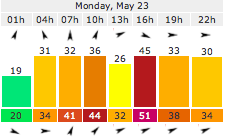 Last night the wind howled all night here in Tarifa, rattling my shutters – and me – awake in the early hours. Kiters are rarely praying for less wind but with only a handful of diehards able to make it out here the last week or so you wonder whats best – howling strong winds or no wind at all? At least in no wind you can turn to activities like cable or SUP, and of course lounging in the sun without being sandblasted!
Last night the wind howled all night here in Tarifa, rattling my shutters – and me – awake in the early hours. Kiters are rarely praying for less wind but with only a handful of diehards able to make it out here the last week or so you wonder whats best – howling strong winds or no wind at all? At least in no wind you can turn to activities like cable or SUP, and of course lounging in the sun without being sandblasted!
Now we would never advocate going out in winds that you didn’t think you could handle but sometimes people limit their sessions unnecessarily when really it just comes down to learning good technique that will enable you to remain in control in all types of conditions. Being able to go out in a wider variety of conditions not only will stop you being a frustrated kiteboarder but will make you more skilled – ready to deal with challenges when they arise even on an average day.
Approach new conditions and locations as you would any new trick. Assess, understand and practice. Strong winds can deliver some awesome sessions so don’t be put off, just be prepared and follow these five top tips:
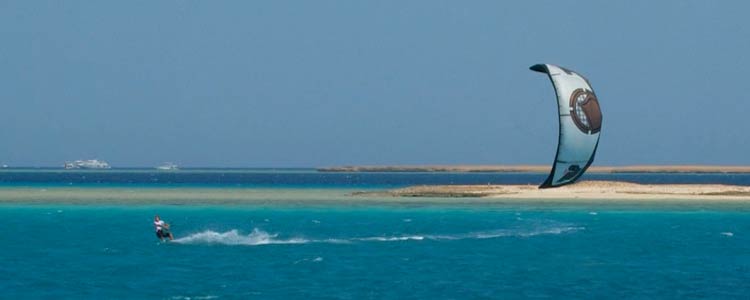
Tip 1 – Keep The Kite Low.
You want to be in control and in kitesurfing, control is all about your edge. It might feel natural to keep your kite high and out of the power zone when its super windy, but this will pull you up and off your edge making it hard to resist gusts. Keep your kite low at 45 degrees, that way you’ll be flying the kite and not the other way round.
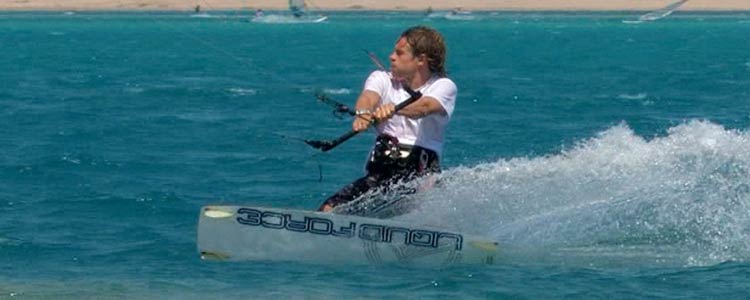
Tip 2 – Edge Really Hard.
Pushing hard with your back leg, push your board edge deep in the water. Not only is edging about staying in control but it’s about keeping your speed low. By edging hard you also drive your kite to the edge of the window which again, will allow you to reduce power and stay in control.
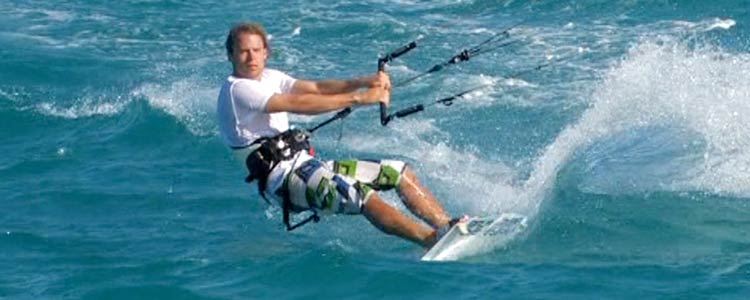
Tip 3 – Power Stance
The classic piece of advice you get when you learn is “shag it don’t shit it” as an eloquent way of illustrating the right position to hold your body in. In strong winds though you need to “shit it” a bit more. Sit back down in your harness so your hips aren’t so forward but still keep your shoulders back and arms slightly bent. This is the power stance!

Tip 4 – Assess The Risk Factor
In new places you probably do this all the time but you need to do this even at your local spot if the winds are strong. Hopefully others will be out or rigging up so first up see what sizes they are on, but importantly also consider their size, weight and ability in comparison to you. If you only have one size of kite and it’s not right then don’t just risk it – you wouldn’t drive a car down a busy high street if it could only go at 90mph! Sit it out this time and keep yourself amused by watching how others cope with the conditions – it could give you some useful insight!
Tip 5 – Be Safety Conscious
This is basic stuff really but we all know how we can lose our head when we are excited to get out! In strong winds though if something is gonna go wrong, its gonna go really wrong. Double, triple check your lines are set up ok, preferably find someone to launch your kite who you know and trust, never self launch and don’t hang around on the beach. Sometimes you can feel overpowered on the beach but fine on the water so get out as soon (but as safely) as you can.
Kiteboarding is all about taking considered risks – well, it is an extreme sport! Never put yourself in a situation you can not handle and be as prepared as you can by watching instructional content, listening to others advice and take time to assess the situation before you take the plunge. Most importantly, have confidence and enjoy the session, if you can nail your tricks in extreme conditions you are that much closer to being a more competent and skilled kitesurfer!
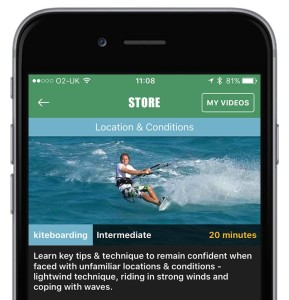 Our Intermediate Location & Conditions video covers all these Strong Wind techniques, along with how to cope with waves on your twin tip and an in-depth look into how to improve your lightwind technique. Download it in the Progression Player App.
Our Intermediate Location & Conditions video covers all these Strong Wind techniques, along with how to cope with waves on your twin tip and an in-depth look into how to improve your lightwind technique. Download it in the Progression Player App.